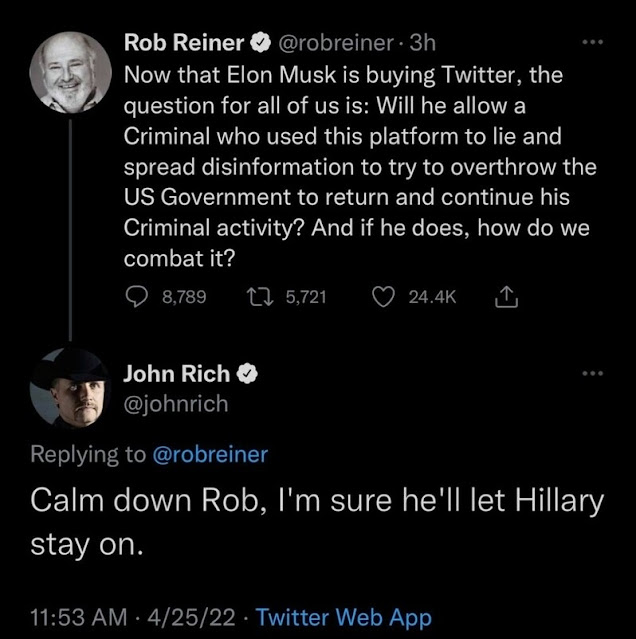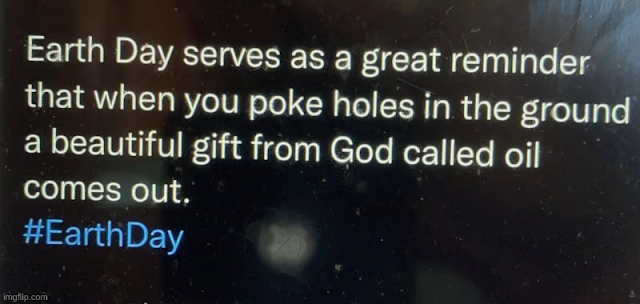 |
| L to R: Yorick van Wageningen, Deborah Kara Unger, James Nesbitt, Martin Sheen |
2010's "The Way" stars Martin Sheen and is written, produced, and directed by Sheen's son, Emilio Estevez. I think the last time I really sat down and watched this movie was before I took my first big walk across South Korea in 2017. As a now-veteran distance walker who will eventually be doing the trail shown in the film—the Camino de Santiago—I found it a treat to go back, rewatch this movie, and finally review it after all these years.
"The Way" is the story of ophthalmologist Dr. Tom Avery (Sheen), a man secure in his work and of a fairly conservative temperament, who receives news that his estranged son Daniel (Estevez, in flashbacks and visions) has been killed in a storm in the Pyrénées mountain range after he had barely started to walk the French route of the Camino de Santiago (The Way of St. James). The Way, which actually consists of nine separate pilgrimage routes (the French Way is the longest and the most popular), terminates at the church of Santiago de Compostela in the city of Galicia, Spain. Tom leaves America to pick up his son's remains in France. While in the French town of Saint-Jean-Pied-de-Port, Tom learns a bit about the Way and its spiritual significance from a local French police captain (Tchéky Karyo), then decides to have his son's body cremated. Tom takes Daniel's ashes, along with Daniel's equipment, and decides to walk the entire Camino to Galicia despite having no training.
As he walks, Tom inadvertently collects walk partners. First is Joost (Yorick van Wageningen), a plump and jovial Dutchman who says he's doing the walk to lose weight. Next is the angry, bitter, and cynical Canadian Sarah (Deborah Kara Unger), who is ostensibly on this pilgrimage to quit smoking. Sarah—and this is back in 2010, mind you—calls Tom "Boomer" long before that term became associated with the expression, "Okay, Boomer." Last is troubled Irishman Jack (James Nesbitt, maybe better known as Bofur the dwarf in the Hobbit movies), a travel writer suffering from writer's block and looking for inspiration.
Tom's walk comes freighted with a few adventures and misadventures: Tom loses his backpack—and thus Daniel's ashes—when his pack drops off a bridge at one point when Tom is very tired. He swims in the river to retrieve his belongings. Later on, Tom's pack is stolen by a Romani kid before the child's father angrily forces his son to return the pack to Tom. Along the Way, Tom takes out Daniel's ashes and sprinkles handfuls here and there as a way of honoring his boy. Tom occasionally sees wordless visions of Daniel, often in crowds, and we come to know that this is one way in which Tom, who starts off as a gruff and distant person, is processing his grief. Tom starts to open up, though, and a friendship forms among the four walkers—separate in their goals, but united in their determination to make it to Galicia.
The movie takes its sweet, unhurried time, allowing the story to unfold at its own pace. The cinematography is gorgeous, offering us viewers some beautiful vistas and panoramas of the Spanish countryside as the weather gets colder. While some parts of the film feel a bit contrived (pretty much anything involving Jack the writer feels forced and unwontedly Shakespearean), the movie has a good heart, and it's realistic enough not to end with everyone accomplishing their goals (e.g., losing weight, quitting smoking, etc.). There is one moment of closure for Tom, though, and the promise of a new beginning in the story's final scene.
Overall, "The Way" is recommended viewing. Its characters are fleshed out well enough for us to care for them, and some of the conflicts, as they play out, allow us to understand and sympathize with people who, at first, may seem unpleasant and unlikable. The film's visuals are sumptuous, and the scenes with the Romani people are tastefully done, without falling into parody or exaggeration.
Lastly, here's my evaluation, as a walker, of the film's portrayal of distance walking. The most unrealistic aspect of "The Way" is how Martin Sheen's character simply starts an 800-kilometer trek using equipment that is not his own and having undergone zero training for the walk. Conceivably, Tom Avery could do such a walk even without training because the very act of walking can toughen you up as you go, but a more realistic film would show us a Tom who has to stop frequently because of hot spots and blisters on his feet: even if he's in good enough cardiovascular shape to handle the weight of a pack and all those Spanish hills at the age of 60-plus, it's very hard to believe that Tom could simply plunge into this sort of walk problem-free. In fact, the film makes a point, at the very beginning, of showing Tom golfing and using a golf cart to drive short distances instead of walking: the man is soft and lazy. This scene may have been put into the film to prepare us for how much Tom has changed by the end—when he's become an inveterate distance walker—but my point is that you don't go from riding around in golf carts to walking 800 km on a hilly trail in the course of a single week. That, right there, is my strongest critique of the film. Otherwise, as I looked over everyone's gear and watched their behavior as they hiked each segment of the Camino, I thought everything else about the hike was handled fairly plausibly. People do indeed stop for a piss alongside a trail; when they reach town, they do often gravitate to the nearest eatery to appease their grumbling stomachs. At the beginning of such a journey, many people do, in fact, find they have trouble sleeping because of the radical change in environment from "the real world" to the trail. Camping can also be an uncomfortable experience the first time you do it, and it is certainly possible to do something as stupid as lose your backpack off a bridge if you're tired and not careful. You'd think that walking a long trail would be a fairly simple, straightforward act, but human beings are great at making things difficult for themselves, and that, too, is one of the harsh lessons taught by the Camino.
"The Way" isn't a perfect film, but its heart is definitely in the right place. Watch the movie for the beautiful Spanish scenery, for the interesting and amiable characters, and for the quietly uplifting story, which doesn't preach anything miraculous, but which silently suggests that while long journeys might not provide you the particular solace you seek, you can end up deeply transformed all the same. Long walks are like that.






































































